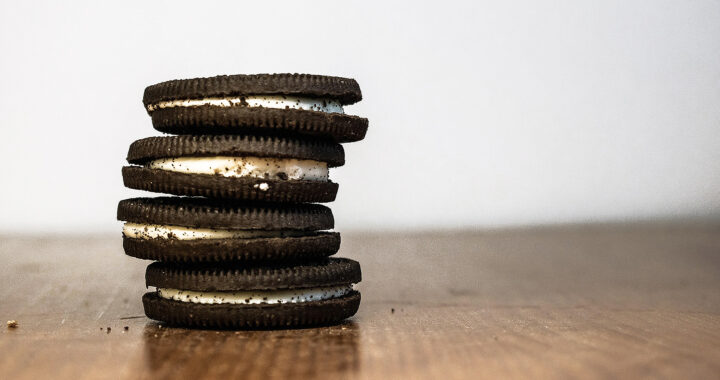Two researchers wanted to know how adding a little carbohydrate affects the different cholesterol levels of certain individuals on a low-carb diet. This pursuit involved supplementing a man on a ketogenic diet with Oreo cookies. The results showed that his LDL cholesterol level was lower. The level was even lower than being under high-intensity statin therapy. Details of the study are found in an article published in January 2024 in the journal Metabolites.
When Oreos Beat Statins: A Surprising Single-Subject Study on Cholesterol in Lean Mass Hyper-Responders
Background
Certain lean and healthy individuals on low-carbohydrate diets experience a significant rise in LDL or low-density lipid cholesterol. The level can sometimes reach above 200 mg/dL. This is often accompanied by high HDL or high-density lipid cholesterol levels equal to or above 80 mg/dL and low triglycerides equal to or below 70 mg/dL.
The aforementioned is called the Lean Mass Hyper-Responder or LMHR phenotype. The lipid energy model suggests that this happens because the body increases the production and conversion of a type of fat particle called VLDL to LDL to provide energy when carbohydrates are restricted and the fat composition in the body is low.
Researchers Nicholas G. Norwitz, from Harvard Medical School, and William C. Cromwell, from the Lipoprotein and Metabolic Disorder Institute, wanted to know how adding carbs to an LMHR individual on a ketogenic diet would lower its LDL-C. Testing this idea involved recruiting a man on that same diet with a baseline LDL-C of 384 mg/dL.
Two interventions were tested. The first involved supplementing 12 Oreo cookies each day to add about 100 grams of carbs to his daily diet. The subject took exogenous ketone supplements four times daily to maintain ketosis. A three-month washout period was observed to allow the cholesterol level to return to the baseline.
Furthermore, after the three-month washout period, and as part of the second intervention testing, the subject took 20 mg of a statin drug called rosuvastatin daily for 6 weeks. Note that the lipid levels of the subject were monitored and recorded each week throughout the experimentation and observation period.
Findings
The baseline LDL cholesterol level of the subject was very high at 384 mg/dL. However, after consuming Oreos for 16 days, his LDL-C plummeted to 111 mg/dL. This is a 71 percent reduction from the baseline. The level rebounded to 421 mg/dL after the three-month washout period. Taking rosuvastatin resulted in LDL-C decreasing to 32.5 percent or 284 mg/dL.
Note that the results provide compelling, albeit preliminary, support for the lipid energy model. The study suggests that the elevated LDL-C is a direct consequence of carbohydrate restriction for some individuals with LMHR. The high LDL-C can be reversed by reintroducing carbohydrates. The carbs can even be in the form of processed foods like Oreo cookies.
Implications
The results support the idea that the extreme lipid profiles of LMHRs are a functional adaptation to carbohydrate restriction and not a pathological state. Adding carbohydrates to the diet disrupted the energy demand driving VLDL production. This resulted in a significant LDL-C reduction. Furthermore, while statins are effective, their impact on LDL-C reduction in LMHRs may not match the rapid effects of dietary carbohydrate reintroduction.
It is essential to underscore the limitation of the study design as a single-subject case study. This means that it cannot be generalized to the broader population. More extensive research with larger sample sizes involving LMHRs is needed to confirm these findings. The researchers also noted that results should not be interpreted as general health advice. The dramatic LDL-C reduction with Oreos is a metabolic demonstration and not a health recommendation.
The study highlights the complex relationship between diet, metabolism, and cholesterol levels. It suggests that a one-size-fits-all approach to dietary recommendations may not be optimal. Furthermore, when it comes to managing high cholesterol levels, statins are effective for most people but dietary adjustments might be a more effective approach in some metabolic adaptations. Dietary manipulation has the potential to affect cholesterol levels.
FURTHER READING AND REFERENCE
- Norwitz, N. G. and Cromwell, W. C. 2024. “Oreo Cookie Treatment Lowers LDL Cholesterol More Than High-Intensity Statin Therapy in a Lean Mass Hyper-Responder on a Ketogenic Diet: A Curious Crossover Experiment.” In Metabolites. 14(1): 73. MDPI AG. DOI: 3390/metabo14010073





